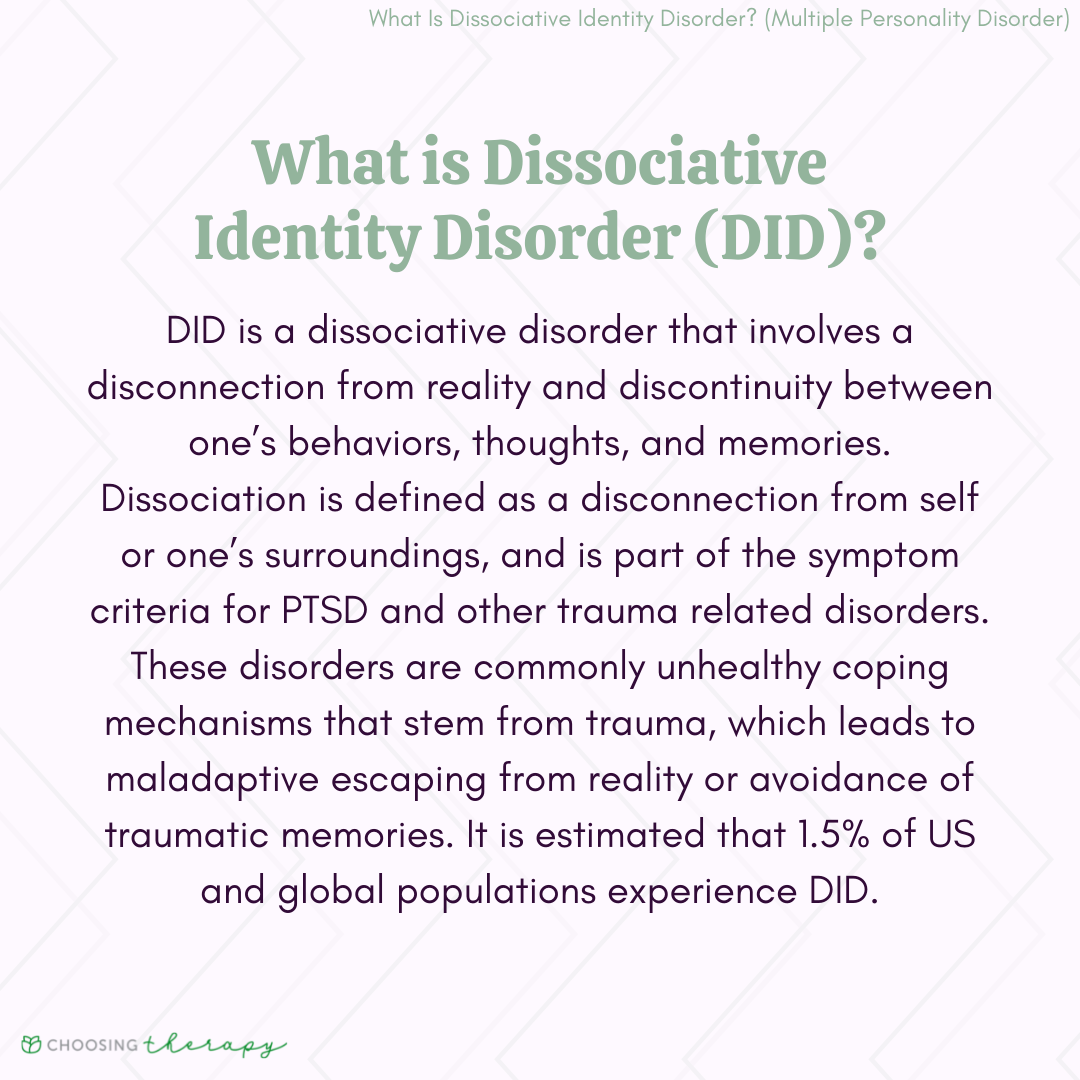Driverless Cars: The Most Likely Near‑Term Effects and How to Prepare
Overview: What to Expect From Driverless Cars in the Near Future
Driverless cars are moving from pilots to early deployment, with ride-hailing services operating in several U.S. cities and enabling legislation advancing in key markets. The most likely pending effects include improved road safety, shifts in urban design, changes in labor markets, potential congestion and emissions trade-offs, expanded mobility access, and new productivity gains. Policymakers and businesses that prepare now can capture benefits while mitigating risks [1] [2] [3] .
1) Safety: Fewer Crashes, Different Risks
Human error contributes to the vast majority of road fatalities, which number around 40,000 annually in the U.S. Autonomous systems don’t get drunk, tired, or distracted, suggesting a path to significantly fewer deaths as adoption grows. Early deployments have still seen incidents tied to sensor limitations and software edge cases, but evidence and expert assessments indicate the overall toll could decline as systems mature and scale [1] .
Action steps:
- City agencies can begin by auditing high-injury corridors and prioritizing AV pilot lanes and clear signage, then require operators to share de-identified safety performance data with transportation departments for continuous improvement.
- Fleets should implement redundant sensing, rigorous disengagement review processes, and incident reporting protocols aligned with local DOT guidance.
- Insurers can pilot usage-based policies and partner with AV operators to refine risk models as empirical safety data grows.
Challenges and solutions: Edge-case failures and public trust remain concerns. Cities can convene safety roundtables with operators, first responders, and disability advocates, publish quarterly safety dashboards, and adopt progressive permitting tied to performance thresholds. These steps help maintain transparency while risks are reduced through iteration [1] .
2) Urban Form: Less Parking, New Street Design
As shared autonomous services expand, car ownership may decline, reducing the need for parking lots and gas stations while opening opportunities for parks, housing, and pedestrian zones. Cities will likely reconfigure curbs for dynamic pick-up/drop-off and invest in vehicle-to-everything (V2X) infrastructure to smooth traffic operations [1] .
Action steps:
- Planning departments can create overlay zones for curb management, set performance-based pricing for loading areas, and pilot dedicated AV staging areas near transit hubs.
- Real estate owners may reassess structured parking conversions (e.g., designing flat-floor, higher-clearance garages) to enable future adaptive reuse.
- Transportation agencies can roadmap V2X pilots starting at conflict-heavy intersections and school zones, with staged expansion tied to measured benefits.
Challenges and solutions: Misaligned rollouts can cause curbside chaos. Establish data-sharing standards with operators and deploy digital curb maps to allocate space by time-of-day and demand. Use temporary design (paint, posts) to test and adapt quickly before capital-intensive rebuilds [1] .
3) Congestion and Emissions: Efficiency vs. Rebound Effects
Autonomous driving can smooth traffic and optimize routing, which may cut delays and emissions per trip. However, easier door-to-door mobility can spur longer trips, empty repositioning, and induced demand, offsetting gains unless managed with policy. Studies note both the potential for efficiency and the risk that increased vehicle use erodes benefits without complementary strategies [4] [2] .
Action steps:
- Cities can pilot congestion pricing, low-emission zones, and electrification mandates for AV fleets to lock in air-quality and travel-time benefits.
- Operators should minimize deadheading via pooled rides, geofenced staging, and integration with transit for first/last-mile connectivity.
- Employers may support off-peak commuting incentives to spread demand.
Challenges and solutions: Empty vehicle miles can climb with fleet repositioning. Use dynamic pricing for curb access and occupancy-based incentives for pooling. Pair AV lanes with high-occupancy requirements to prioritize shared rides and freight efficiency [4] .

Source: test-english.com
4) Labor Markets: Displacement and New Roles
Professional driving roles-truckers, taxi drivers, couriers-face automation pressure. Research highlights risks but also cautions that many tasks beyond driving remain non-automatable in the near term, moderating job-loss timelines. Simultaneously, AV deployment creates roles in software, data operations, fleet maintenance, remote assistance, and cybersecurity. Some analyses estimate sizeable net-new opportunities as ecosystems mature [3] .
Action steps:
- Workforce boards can develop short courses in sensor calibration, remote operations, and high-voltage EV maintenance in partnership with community colleges and fleet operators.
- Logistics firms may re-skill drivers into yard operations, customer liaison, or safety tech roles, sequencing transitions with mixed-autonomy fleets.
- Unions and employers can negotiate pathways for certification and wage protection during phased adoption.
Challenges and solutions: Rapid displacement can strain local economies. Phased pilots, employer-funded training vouchers, and public-private upskilling programs can smooth transitions. Encourage apprenticeships focused on AV systems maintenance and cyber hygiene-areas with durable demand [3] .
5) Accessibility and Equity: Expanded Mobility if Designed Right
Autonomous vehicles can expand mobility for older adults, people with disabilities, and residents in underserved or rural areas, provided services are inclusive by design. Literature highlights equity benefits but also warns of disproportionate impacts on lower-income workers if policies lag. Inclusive planning and fare structures are pivotal to realize the upside [3] .
Action steps:
- Transit agencies can pilot on-demand AV shuttles linked to rail and bus backbones, with wheelchair-accessible vehicles and call-in booking for the unbanked or digitally limited.
- Cities may require universal design standards in AV permits and ensure language access and fare concessions for eligible riders.
- Rural regions can test AV feeder services to medical centers on fixed schedules, coordinated with human services transportation.
Challenges and solutions: Digital divide and vehicle accessibility can limit uptake. Offer multiple booking channels, mandate ADA-compliant vehicles in fleets, and fund travel training and ambassadors who assist first-time users-especially seniors and people with disabilities [3] .
6) Productivity and Economic Impact: Time Reclaimed
Autonomy can convert driving time into productive or restful time, potentially lifting labor productivity and well-being. Economic analyses estimate large aggregate gains from fewer crashes and time savings, alongside consumer benefits like lower travel costs. For example, studies cited for the U.S. and U.K. project sizable annual benefits as adoption increases, driven by safety, time, and logistics efficiency [2] .
Action steps:
- Enterprises with field teams can trial autonomous ride services where available, updating travel policies to enable in-vehicle work and collaboration.
- Logistics operators should evaluate autonomous middle-mile pilots to cut dwell times and optimize routing.
- Local governments can align permitting to encourage pooled services during peak periods to maximize network throughput.
Challenges and solutions: Benefits depend on reliable connectivity and ergonomic vehicle interiors. Employers can provide secure mobile device management, while operators design cabins with work surfaces, seat adjustability, and privacy options.
7) Policy and Governance: Prepare the Ground
The policy landscape is evolving, with some countries enacting enabling legislation to bring self-driving vehicles to public roads on defined timelines. Governments are assessing how AVs interact with society to support growth while advancing safety and net-zero goals. Clear frameworks for liability, data-sharing, and operations will shape outcomes [2] .
Action steps:
- Policymakers can set staged safety benchmarks for operational design domains (ODDs), mandate reporting, and integrate AVs into Vision Zero strategies.
- Cities should develop AV playbooks covering curb management, equity, electrification, and emergency response protocols.
- Industry coalitions may collaborate on open standards for safety case documentation and incident taxonomy.
How to Get Started Without Guesswork
Because regulations and services vary by location, it is best to use official channels and operator announcements to engage:
- City leaders can consult their metropolitan planning organization and state department of transportation to identify authorized AV pilots and apply for participation in sandbox programs.
- Fleets and businesses may contact major AV operators’ enterprise sales teams in regions with active service to explore pilots; request safety case summaries, disengagement data, and service-level agreements.
- Workforce agencies can coordinate with local community colleges to establish short-format certificate programs in EV/AV maintenance, remote operations, and data annotation.
When uncertain about available programs in your area, search your state DOT website for “autonomous vehicle pilot,” your city name plus “curb management AV,” and “community college AV maintenance certificate.” You can also reach out to your regional transit agency’s planning office for information about first/last-mile AV pilots and accessibility accommodations.
Key Takeaways for Stakeholders
- Cities: Pilot curb and V2X upgrades, publish safety dashboards, and align AVs with transit and climate goals.
- Businesses: Test AV-enabled logistics and employee transport; plan office designs for commute-as-work scenarios.
- Workers: Pursue short, stackable credentials tied to AV fleet operations, EV systems, and cybersecurity.
- Policymakers: Set performance-based rules that reward pooling, electrification, and safety transparency.
References
[1] Brookings Institution (2025). How autonomous vehicles could change cities.
[2] Economics Observatory (2024). What might be the economic implications of autonomous vehicles?
[3] PubMed Central (2022). Exploring the implications of autonomous vehicles.
[4] Compact (2021). The economic and social impacts of fully autonomous vehicles.

Source: tapeciarnia.pl
MORE FROM oncecoupon.com













